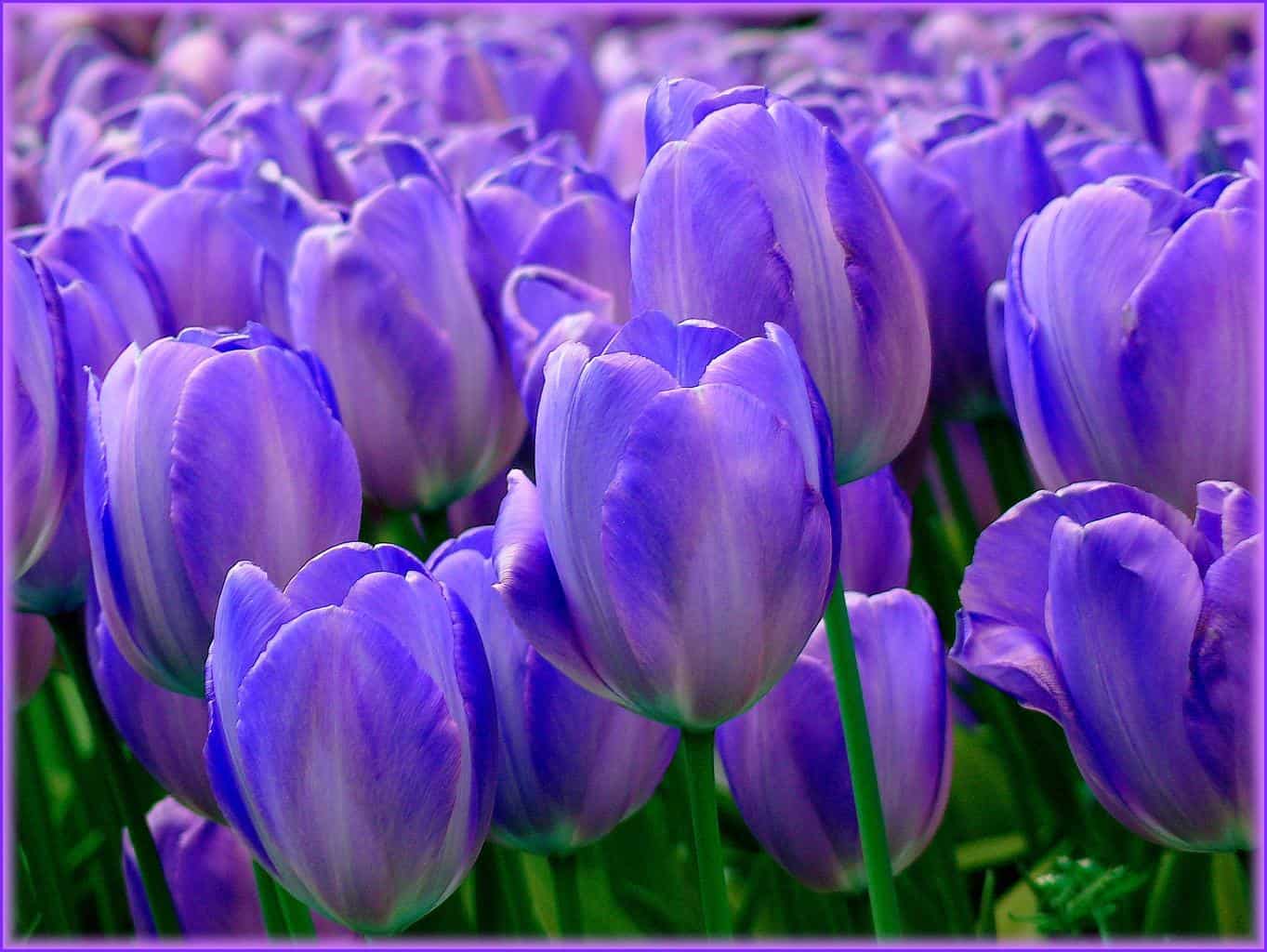The Black Bat Flower (Tacca chantrieri) is a botanical marvel that has captivated plant enthusiasts with its intriguing appearance and distinctive blooms. Native to Southeast Asia, this exotic plant gets its name from its unique black flowers that resemble bats in flight. If you’re eager to add a touch of mystique to your garden or indoor space, this guide “How to plant and grow Black Bat Flower” will walk you through the essentials of planting, cultivating, and enjoying the enigmatic beauty of the Black Bat Flower.

When to Plant Them?
Planting the Black Bat Flower requires careful consideration of the climate and growing conditions. Here’s when to get started:
- Climate Matters: The Black Bat Flower thrives in warm, tropical environments. It’s essential to choose a location with temperatures consistently above 50°F (10°C) year-round if you plan to cultivate it outdoors. However, if you live in a cooler climate, you can successfully grow it indoors as a unique houseplant.
- Spring is Ideal: In regions with a warm climate, spring is the optimal time to plant Black Bat Flower tubers or seeds. This season provides the right combination of warmth and humidity to support healthy growth.
- Indoor Planting: If you’re growing the Black Bat Flower as a houseplant, you can do so at any time of the year. Just ensure that it receives adequate light and maintains a stable indoor temperature.
The Best Way to Cultivate Them
Cultivating the Black Bat Flower requires attention to specific care requirements:
- Light: Black Bat Flowers thrive in dappled or filtered sunlight. In their natural habitat, they often grow beneath taller trees, receiving bright but indirect light. When cultivating them indoors, place them near a window with filtered sunlight or use sheer curtains to diffuse direct sunlight.
- Soil: These plants prefer well-draining soil that retains some moisture. A mix of potting soil, peat moss, and perlite or sand can provide the ideal growing medium. Ensure the soil is slightly acidic, with a pH level of around 5.5 to 6.5.
- Watering: Keep the soil consistently moist but not waterlogged. Water when the top inch of soil feels dry, typically every 1 to 2 weeks. Be cautious not to let the plant sit in standing water, as this can lead to root rot.
- Humidity: Black Bat Flowers adore humidity. In indoor settings, consider using a humidity tray, a humidifier, or regularly misting the plant to maintain adequate moisture levels.
- Fertilization: Apply a balanced, liquid fertilizer diluted to half strength every 4 to 6 weeks during the growing season (spring through summer). Reduce fertilization during the dormant period in fall and winter.

When Do They Bloom?
The Black Bat Flower is renowned for its extraordinary blooms, but patience is required:
- Maturation: Black Bat Flowers typically take 2 to 3 years to reach maturity and produce their first blooms. Be patient as the plant establishes itself during this time.
- Blooming Period: Once mature, the Black Bat Flower typically blooms from late spring through summer. The flowers are incredibly unique, with long bracts that resemble bat wings and a dark, velvety texture.
- Nighttime Show: One of the most fascinating aspects of the Black Bat Flower is that it blooms open at night and closes during the day. They are also highly fragrant, with a scent reminiscent of cloves.
- Pollination: In their native habitat, Black Bat Flowers rely on flies for pollination. When cultivated indoors, hand-pollination may be necessary to encourage fruiting.
- Rest Period: After the blooming period, the plant may enter a period of dormancy. During this time, reduce watering and fertilization. The plant will eventually reawaken and produce new growth.
Propagation and Maintenance
Once you’ve successfully cultivated the Black Bat Flower, you may want to propagate it or ensure its continued health:
Propagation: You can propagate Black Bat Flowers by dividing the rhizomes, which are underground stems. Do this during the plant’s dormancy period. Ensure that each division has a healthy rhizome and at least one growth bud.
Pests and Diseases: While Black Bat Flowers are relatively resilient, they can be susceptible to common houseplant pests such as aphids and mealybugs. Regularly inspect your plant for signs of infestations and treat them promptly with neem oil or insecticidal soap.
Pruning: Prune the plant as needed to remove dead or damaged leaves and encourage healthy growth. Be cautious not to prune too much, as this can stress the plant.
The Black Bat Flower is more than just a plant; it’s a conversation piece and a prized addition to any garden or indoor plant collection. With its unique appearance, distinctive blooms, and delightful fragrance, it brings an air of mystique and intrigue to its surroundings.
Cultivating the Black Bat Flower may require patience, but the rewards are well worth it. Whether you’re nurturing it as a houseplant or introducing it to your outdoor garden, the enigmatic beauty of the Black Bat Flower is sure to be a source of fascination and admiration for years to come. So, embrace the challenge, provide the right care, and let this remarkable plant grace your space with its captivating presence.
What we love from Amazon this week
Buy these wonderful flowers directly from Amazon:















